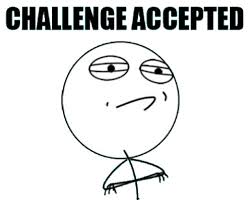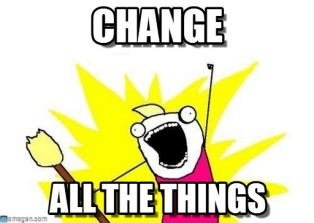One disaster that is currently effecting a sociotechnical system is the Islamic terrorist group, Boko Haram.
Now What the Heck is a Sociotechnical System?
From what I learned today, my classmates and I discussed the definition of a sociotechnical system as something that is a self-contained system of people and technology. The world-wide web is a good example of a sociotechnical system because it involves people interacting with technology. However, people who ride the el trains here in Chicago could also be considered a sociotechnical system because they are a group of people using a certain technology. Still a bit fuzzy on the definition? Check out the wiki page here or go to this website.
And a Disaster?
The definition of a disaster as a bit more straightforward, but for the purposes of this post I’ll describe what my class and I came up with. We decided that a disaster would be categorized as a negative event that directly affects a large number of people.
Got That?
Now, you may be wondering how Boko Haram fits into the category of a disaster in a sociotechnical system. Let’s start with the facts.
1. Boko Haram is an Islamic terrorist group in Nigeria
They have been reeking havoc on the country of Nigeria since around 2009, and have claimed thousands of civilian lives through bombings, various weapons, and kidnappings. They have also caused over one million people to flee their homes in order to escape the conflict. This is where Boko Haram meets the criteria for a “disaster.”And this really only scratches the surface.
2. Their goal is to overthrow the Nigerian government.
According to an article from the BBC News, “Boko Haram promotes a version of Islam which makes it ‘haram’, or forbidden, for Muslims to take part in any political or social activity associated with Western society. This includes voting in elections, wearing shirts and trousers or receiving a secular education.” Boko Haram has a lot of resources at its disposal, and they are not afraid to use them. At this point the group has much more control over the Nigerian government then Nigeria would like to admit, but who can forget the 276 school girls who were kidnapped as well as countless other acts of violence? The kidnapping blew up twitter here in the United States back in mid-2014 with the hashtag #BringBackOurGirls. This is where it meets the criteria for impacting a sociotechnical system.
Writing About a Disaster in a Sociotechnical System
I linked a few articles here about Boko Haram, but really the issue is so large that you could surf the web for hours learning about the group. This disaster involved writing because countless articles have been written, campaigns introduced to help the afflicted, as well as photos, videos, and any other modes of journalism you can think of to help inform people about what is happening as it happens.









